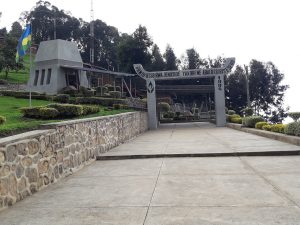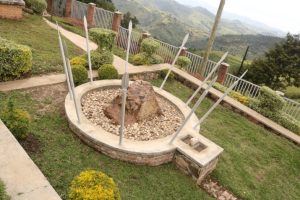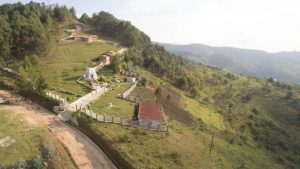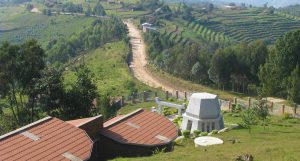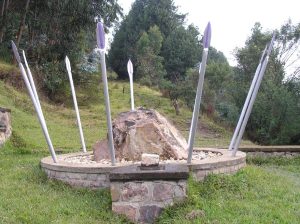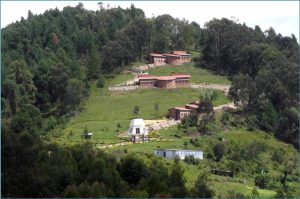Bisesero Genocide Memorial Center
Remembering Bisesero: A Journey of Memory, Strength, Humanity and Rich Spirit
During the 1994 Genocide against the Tutsi, Bisesero became a symbol of resistance. Approximately 40,000 Tutsis sought refuge in this area, using the steep terrain to defend themselves against the Interahamwe militia. Despite their efforts, many were eventually overpowered, and the area witnessed one of the most tragic massacres of the genocide.
The memorial was established in 1998, four years after the genocide, to honor the victims and the resilience of those who fought back. It is part of a series of memorial sites across Rwanda that commemorate the atrocities and serve as educational centers for future generations.
Memorial Features
- Monuments & Sculptures: The site features various sculptures and monuments that depict the struggles and resilience of the Tutsi people during the genocide.
- Graves & Remains: The memorial houses the remains of many victims, offering a place for reflection and remembrance.
- Educational Exhibits: Displays and narratives provide visitors with historical context, survivor testimonies, and information about the events that transpired.
- Guided Tours: Local guides, many of whom are survivors, offer insightful tours, sharing personal stories and historical accounts.
| Details | Information |
|---|---|
| Duration | Half-day or Full-day |
| Start/End Point | Karongi town (pickup available) |
| Language | English, Kinyarwanda, French |
| Availability | Daily, with prior booking recommended |
| Includes | Transport, guide, entrance, water |
| Price | $1000 |
Gallery
